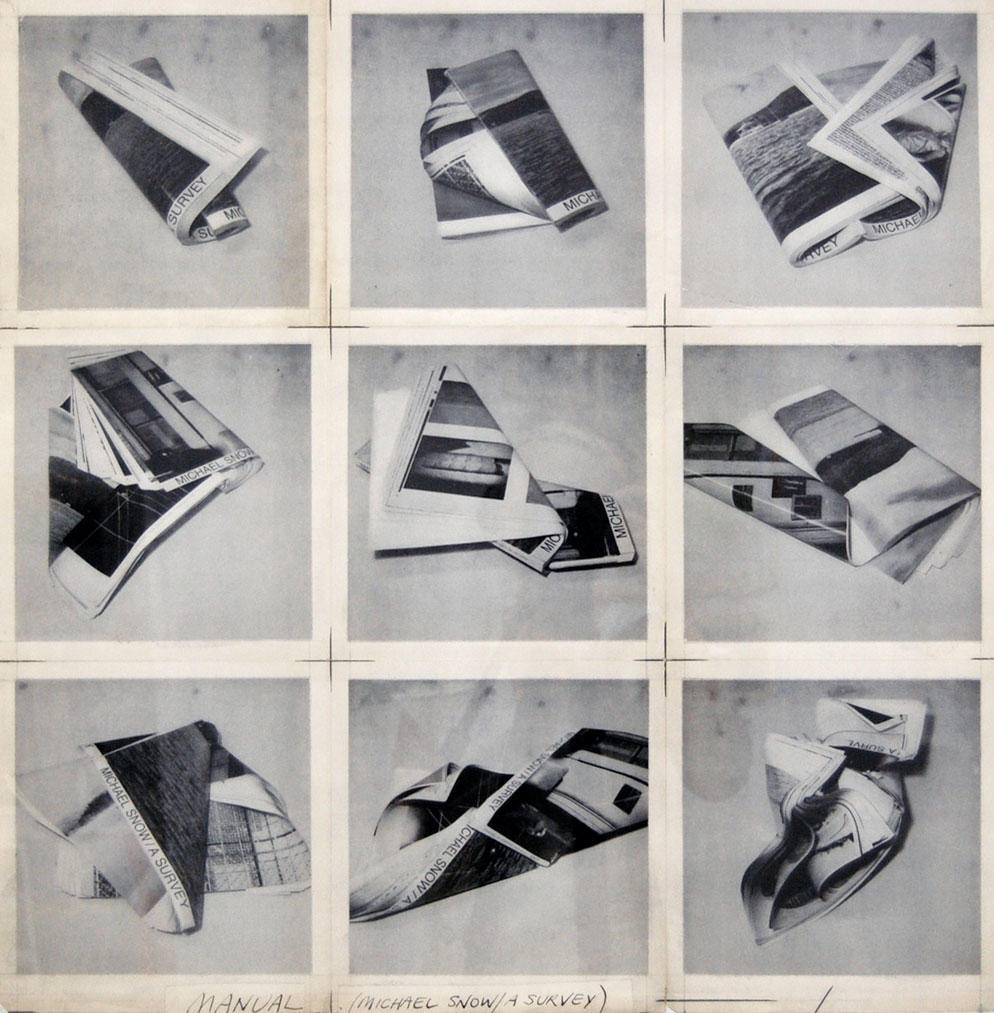
New York
Detourism
Orchard
July 1-28, 2007
“Basically, tourism is the chance to go and see what has been made trite.” If his radical idealism has aged somewhat, Guy Debord’s snappier quotes hold up pretty well. But Debord’s specter of “human relations as something to be consumed — tourism” is as strong today as it ever was. ‘detourism,’ a recent exhibition at New York’s Orchard gallery, takes on the historic dilemmas of the Situationist legacy yet again, but, in place of tourism, it considers new and productive ways of getting lost.
The curators, Carly Busta and Luke Cohen, have taken the model of “topology” as their blueprint, setting up the gallery to illustrate art historical re-readings of postminimalist, process-based practices and post-Situationist urban critiques: strategies that aim to unmoor the subject from proscribed ways of navigating social space. Ever faithful to methodology, the audience, too, is set adrift among the works, left to make sense of them as they would.
The academic tone is set by Christian Philipp Müller’s Carl Theodor’s Garden in Düsseldorf-Hellerdorf (1986/1995). The framed map, photographs, and texts document the artist’s tours of the unrealized eighteenth-century royal gardens in Düsseldorf. The work includes its own explanatory label, which situates Müller as a flaneur of the present — projecting his voice onto sites of historical loss and cultural dysfunction — while also explaining the work’s relevance: “Reification occurs when the alienation process escalates into the alienation of the subject from its own subjectivity. This happened under Capitalist-Industrial society of which the roads were paved exactly at the time when Schloss Benrath was built.” The clunky Frankfurt School phrasing suggests that when dealing with work that is eager to elaborate upon its own subject position, a curator is wise to withhold further explanation.
At the opposite end of the didactic spectrum (and across the gallery) is a display of books by Stanley Brouwn, among them sketches from This Way Brouwn (1964). The initiated (or those who do their background reading) will realize that the puzzling squiggles are maps, drawn in response to Brouwn asking strangers on the street for directions. The work has come to signify Brouwn’s interest in movement and measurement, or the removal of those criteria from social relations — the artist as a link between points, rather than a stationary node. For artists in the 60s coming to terms with the power structures defining their activities, this sort of play provided a way out of modernist rigidity. In this context, Müller’s tours, performed two decades later, become an explicitly site-specific exploration of the same boundaries.
Many of the artists in “detourism,” similarly examine the codified intersections of people, places, and histories. This show presents a comparison of the strategies themselves, through a careful thematic grouping that comments on the theme with a sharp sense of social and historical awareness. But that commentary is aided in no small part by accompanying literature. Besides Müller’s map-intervention is a bookshelf that houses the gallery’s permanent “bookstore.” And every bookstore needs a reading room, here metonymically indicated by a chair and a low table, upon which we find the exhibition’s two foundational texts: Eric de Bruyn’s 2006 “Topological Pathways of Postminimalism,” and Dan Graham’s seminal 1969 “Subject Matter.” Clearly, we’re in for some homework.
“Subject Matter” is Graham’s critique of minimalism and his discussion of what came after. Looking beyond the minimalist focus on the perceptual encounter between spectator and artwork, Graham discusses works that posit a framework of “constantly shifting” relations. It would follow that Graham’s contribution to exhibition comes in the form of his original notes for the essay. More than a voyeuristic thrill for the art theory insider, the inclusion of Graham’s writing presents his prose as yet another fluid medium, for as de Bruyn notes, Graham’s syntax replicates the experience of seeing a Richard Serra sculpture or a Bruce Nauman performance: “… shifting time of performance shifting — shifting the time of collective relations.”
Graham is a familiar presence in exhibitions at Orchard, a Lower East Side gallery that has dedicated itself to the juxtaposition of the old and new vanguard of institutional critique. That the “new” generation has largely been represented by the gallery’s twelve directors has not detracted from the range and seriousness of the events. Orchard — equal parts artist project, corporate enterprise, and research proposal — itself constitutes a reassessment of how artists are navigating the social field. That terrain is referenced by Corporate Mentality, Jason Schmidt’s 2001 photograph of an elaborate flower arrangement in a boardroom, seen against a shockingly close view of the Twin Towers; the photograph was originally the cover image of a 2003 book of the same name, a compendium of practices located at the intersection of art and business. If we are to examine past and present ways of operating within the topologies of the day, we’ll need to take its transformations into consideration. The book, naturally, is on sale at Orchard’s “bookstore.”
The photograph brings the questions first posed in the 1960s into the present, and examines them further afield, with the inclusion of Artur Barrio’s actions in Brazil and Keller Easterling’s reproduction of North Korean tour packages (which will apparently get you an actual guided tour of the peninsula, complete with “sightseeing the Special Tourism Zone”). “What critical relevance,” de Bruyn asks, “does this history of the topological pathways of postminimalism yield for us today?” If anything, that there are still intelligent ways of taking those pathways that the Lonely Planet age hasn’t quite ruled out.